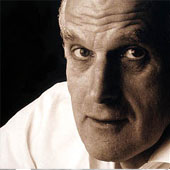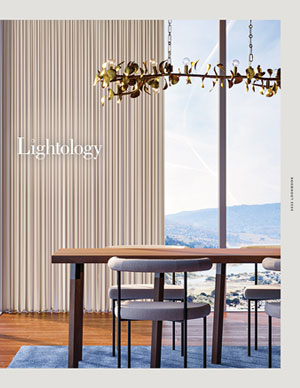About Richard Sapper
Richard Sapper's industrial design career spans more than five decades and includes some of the most instantly recognizable - and well-received - products that have ever been manufactured. His impact on product design is profound. It's all the more interesting given that he never attended design school.
In fact, Sapper dabbled in philosophy, mechanical engineering, graphic design, and anatomy before completing his studies with a degree in business management in 1956. It was his interest in the relationship between everyday objects and their impact on people that led him to consider a career as an industrial designer. As Hans Hoger writes in Design Classics: "...the decisive incident that caused Sapper to turn to design as a profession was a conversation that he had had with Romano Guardini, his philosophy professor in Munich. The professor had pointed out the close relationship between the everyday objects and their influence on the thinking and emotions of people.
He was fascinated by the possibility of participating in the design of this interaction." In short, Richard Sapper found that he wanted to re-design the objects in our world and along with them, our world view. He remarked in a lecture: "Just like artists, writers and architects, designers are capable of not only interpreting the philosophy of their time in a creative way, but also shaping it. Painters like Picasso or Klee, to mention two of the possible names, created things that were previously unthinkable, and yet they were still interpreting the spirit of their time. In such cases, the future, not the past, is reflected. Every person involved in the creative process eventually has to decide: do they want to flow with the stream, or do they want to go ahead and play a part in determining its course? If we want to do so, we have to become clear about how we imagine this world, this life of tomorrow. The question is: what kind of a world do we wish for?"
Sapper's designs have resulted in more than 200 objects. He contributed to the design of Mercedes' 300SL roadster in the late 1950s. His first independent project in 1960, the Lorenz Static table clock, earned him the Compasso d'Oro, Italy's top design award, and launched his career (the clock is still in production today). In 1970, he worked with architect and designer Marco Zanuso to design a successful folding phone for Siemens, the German manufacturing giant. One look at the phone's innovative "flip down" receiver and it becomes clear that Sapper's work laid the foundation for today's cellular phone designs.
Throughout his career he has designed office furniture for such well-known names in the industry as Knoll and Castelli, along with tabletop goods for Alessi. In the 80s Sapper's design was the foundation for computer giant IBM's high-tech turnaround. It was his now-famous black Thinkpad design that initiated a portable computer revolution, making the Thinkpad the most successful laptop computer in the world - both commercially and as a part of the Permanent Design Collection of the Museum of Modern Art.
Shop This Designer











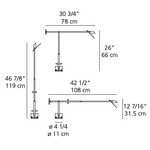

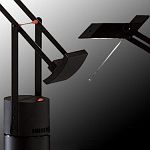

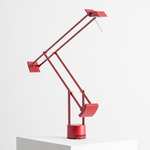
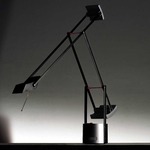


 UL
UL